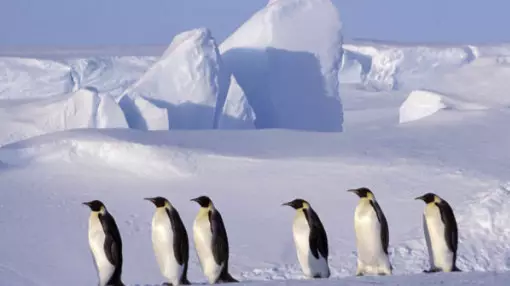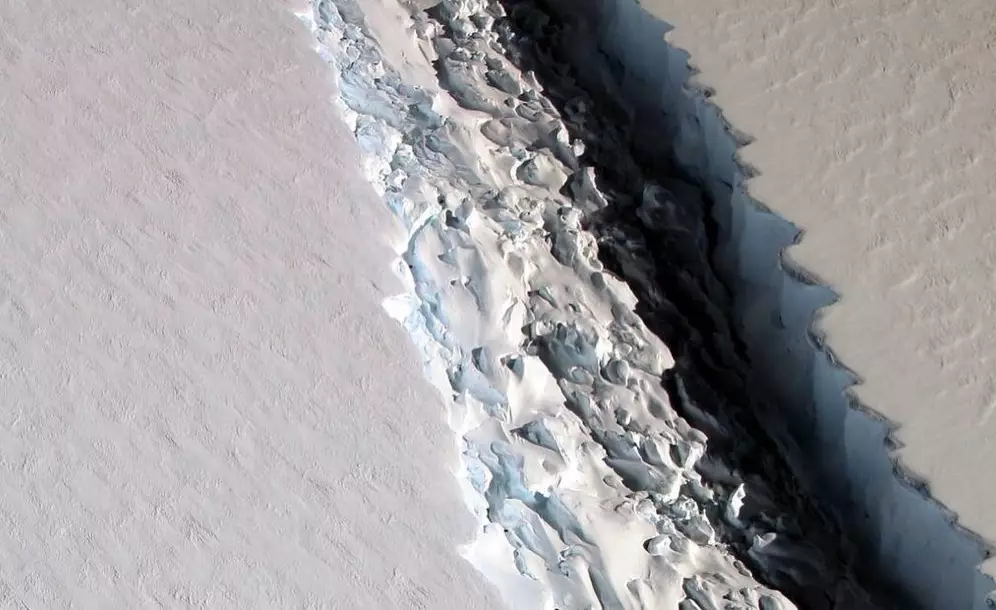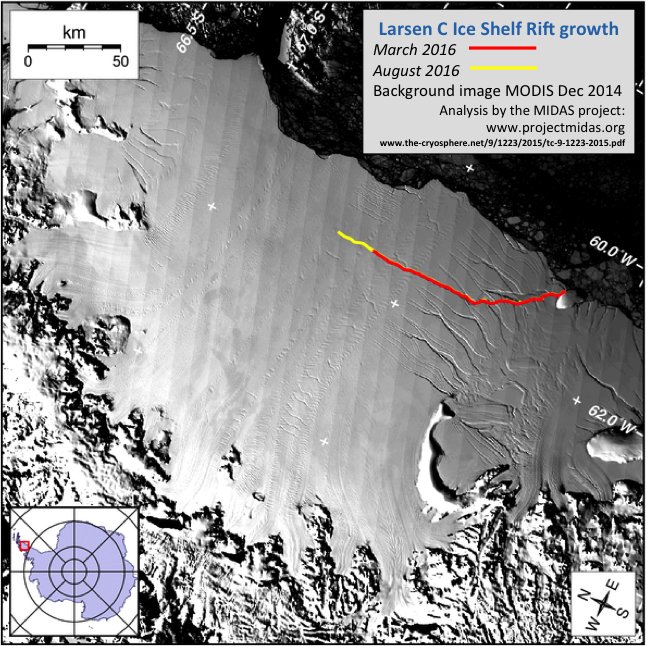
Antarctica is over 57 times the size of Britain and completely covered with ice. It's the seventh continent, and home to the penguins.
However, in the last few hours, a piece of ice four times the size of London (a quarter the size of Wales), has broken free, alarming many and highlighting the dangerous effects of global warming.
Project MIDAS - a UK-based Antarctica research project - confirmed the news on its Twitter account on Wednesday morning.
Advert

Credit: Twitter
A crack first appeared in the continent's fourth largest ice shelf in 2011, since growing to stretch over 120 miles, and has slowly disconnected in the following years.
Evidence was highlighted in a tweet showing the developing calving between March and August 2016.
In a blog post on their website, Project MIDAS wrote: "A one trillion tonne iceberg - one of the biggest ever recorded - has calved away from the Larsen C Ice Shelf in Antarctica.
Advert
"The calving occurred sometime between Monday 10 July and Wednesday 12 July 2017, when a 5,800-square km section of Larsen C finally broke away."
Using satellite technology, the project could confirm the breakaway, but the scientists have said there is no immediate impact on sea level - as the iceberg was already floating before it separated.
"The calving of this iceberg leaves the Larsen C Ice Shelf reduced in area by more than 12 percent, and the landscape of the Antarctic Peninsula changed forever," the post added.
Although the ice shelf will continue, naturally, to regrow, there are now fears that Larsen C may follow suit of Larsen B, which disintegrated in 2002 after a similar rift occurred in 1995.
Advert
In February this year, Project MIDAS posted the below video, highlighting the development of the crack.
Credit: Twitter/Project MIDAS
Professor Adrian Luckman of Swansea University added: "It [the iceberg] may remain into one piece but is more likely to break into fragments.
Advert
"Some of the ice may remain in the area for decades, while parts of the iceberg may drift north into warmer waters."
Although scientists can't directly confirm the cause, Dr Martin O'Leary, also of Swansea University, said: "This is a natural event, and we're not aware of any link to human-induced climate change. This puts the ice shelf in a very vulnerable position.
"This is the furthest back the the ice front has been recorded in history. We're going to be watching very carefully for signs that the rest of the shelf is becoming unstable."
However, they predict that any further collapse remains 'years or decades away'.
Advert
As for future sea-level risks, the post added: "If the shelf loses much more of its area, it could result in glaciers that flow off the land behind, speeding up their passage towards the ocean.
"This non-floating ice would have an eventual impact on sea levels, but only at a very modest rate."
Sources: Buzzfeed, the Independent

